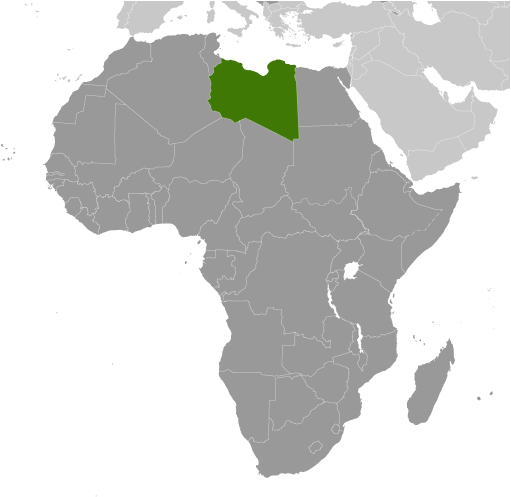Menu
LIBYA
LIBYA STATSCAPITAL: LUANDA POPULATION: 16,941,000 LANGUAGE: PORTUGUESE BELOW POVERTY: 40% ACCESS TO WATER: 54% ACCESS TO IMPROVED SANITATION: 50% AVERAGE ANNUAL INCOME: $7,978 CHRISTIAN: 75% |
PARTNERED NGOIn 1969, Muammar al-Qadhafi seized power in an atmosphere of animosity toward Western control of the oil industry. Since then, he has single-handedly ruled the country, surrounded by a cult of personality.
|
PERSECUTION |
NEWS |
|
About 97% of the population in Libya are Muslims, most of whom belong to the Sunni branch. Small numbers of Ibadi Muslims, Sufis and Ahmadis also live in the country.
Mosque in Ghadames, close to the Tunisian and Algerian border. 97% of Libyans are followers of Islam. Before the 1930s, the Senussi Movement was the primary Islamic movement in Libya. This was a religious revival adapted to desert life. Its zawaaya(lodges) were found in Tripolitania and Fezzan, but Senussi influence was strongest in Cyrenaica. Rescuing the region from unrest and anarchy, the Senussi movement gave the Cyrenaican tribal people a religious attachment and feelings of unity and purpose.[181] This Islamic movement, which was eventually destroyed by both Italian invasion and later the Gaddafi government, was very conservative and somewhat different from the Islam that exists in Libya today. Gaddafi asserted that he was a devout Muslim, and his government was taking a role in supporting Islamic institutions and in worldwide proselytising on behalf of Islam. There are small foreign communities of Christians. Coptic Orthodox Christianity, which is the Christian Church of Egypt, is the largest and most historical Christian denomination in Libya. There are about 60,000 Egyptian Copts in Libya. Most Copts in Libya are Egyptian with a small minority of them native Libyans who remained Christian after Islam came to Libya from Egypt. There are three Coptic Churches in Libya, one in Tripoli, one in Benghazi, and one in Misurata. The Coptic Church has grown in recent years in Libya as a small number of Libyans have converted to Christianity and the growing immigration of Egyptian Copts to Libya. There are an estimated 40,000 Roman Catholics in Libya who are served by two Bishops, one in Tripoli (serving the Italian community) and one in Benghazi (serving the Maltese community). There is also a small Anglican community, made up mostly of African immigrant workers in Tripoli; it is part of the Anglican Diocese of Egypt. People have been arrested on suspicion of being Christian missionaries, as proselytising is illegal. Libya was once the home of one of the oldest Jewish communities in the world, dating back to at least 300 BC. In 1942, the Italian Fascist authorities set up forced labor camps south of Tripoli for the Jews, including Giado (about 3,000 Jews) and Gharyan, Jeren, and Tigrinna. In Giado some 500 Jews died of weakness, hunger, and disease. In 1942, Jews who were not in the concentration camps were heavily restricted in their economic activity and all men between 18 and 45 years were drafted for forced labor. In August 1942, Jews from Tripolitania were interned in a concentration camp at Sidi Azaz. In the three years after November 1945, more than 140 Jews were murdered, and hundreds more wounded, in a series of pogroms. By 1948, about 38,000 Jews remained in the country. Upon Libya's independence in 1951, most of the Jewish community emigrated. WIKIPEDIA |
|
|
NORTHERNPATH PART OF LIT INTERNATIONAL
|
NORTHERNPATH COPYRIGHT 2001-PRESENT
|

